Blog
Table of Contents
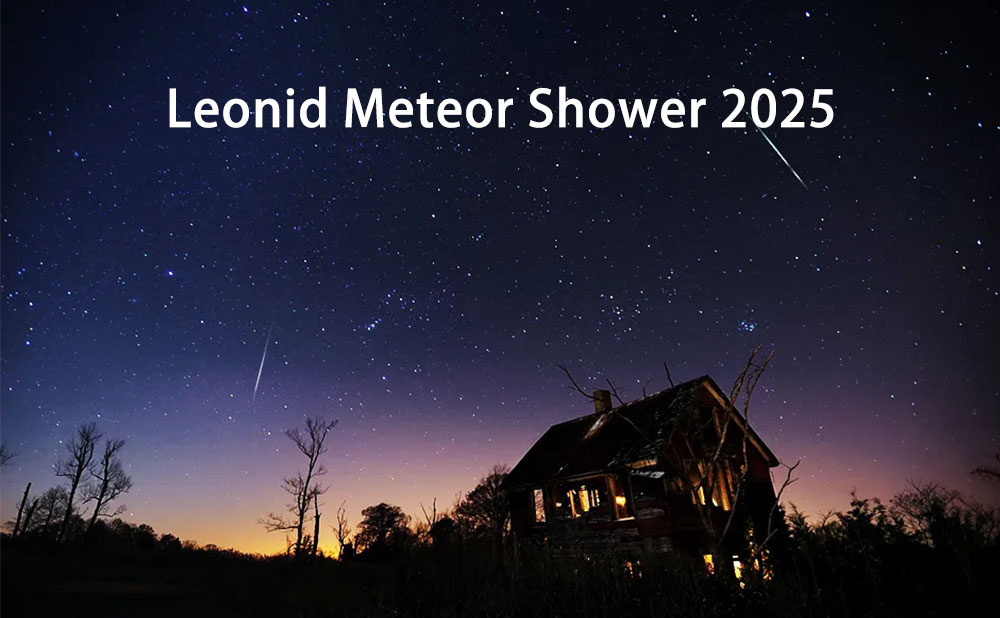
Leonid Meteor Shower 2025
What is the Leonid Meteor Shower?
The Leonid meteor shower is an annual celestial event in the Northern Hemisphere. It is known for its high speed, bright light, and unique trails. Its parent body is the Tempel-Tuttle comet (109P/Tempel-Tuttle), which has an orbital period of approximately 33 years.
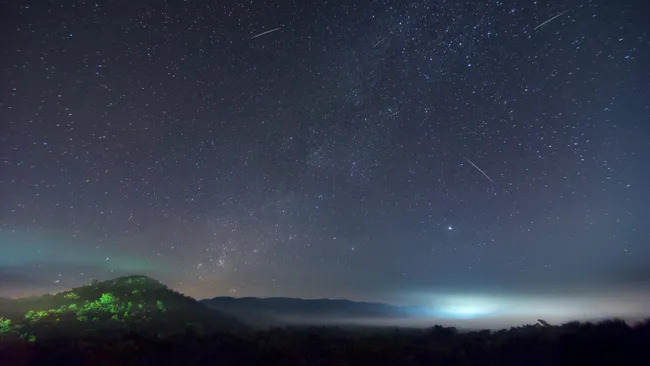
As the comet approaches the Sun, its icy surface sublimates, releasing vast quantities of dust particles. These particles move through space at 71 kilometers per second. This is 200 times faster than a rifle bullet. It is also three times faster than how Earth orbits the sun.
Compared to the Taurid meteor shower occurring around the same time in November, the Leonids exhibit three distinct characteristics:
- Faster Velocity: Taurid meteors move at about 27 kilometers per second. The Leonids travel much faster. This speed causes friction with the atmosphere. As a result, they heat up to over 3000°C when they enter. This creates bright blue-green streaks in the sky.
- Persistent Trails: Bright meteors can leave ionized trails that last for 5 to 10 minutes. Sometimes, these trails can be seen “spreading and deforming” as gas molecules drift slowly under Earth's magnetic field.Want to clearly capture and observe these fleeting, wondrous traces? Using portable binoculars will elevate your viewing experience to the next level.
- Outburst Patterns: Comet Tempel-Tuttle has a 33-year orbit. Because of this, the Leonids show a “meteor storm” about every 33 years. During these storms, the ZHR can exceed 1000 meteors per hour. The last major outburst occurred in 1999, the Leonid meteor shower will peak from November 16 to 17, 2025. You can see up to 15 meteors per hour in dark skies. Known for its outbursts approximately every 33 years, the Leonids rank among the most spectacular meteor showers! The next Leonid meteor shower is expected to occur in 2033. If you miss the 2025 shower, you'll have to wait until 2033.
How to Observe the November 2025 Leonid Meteor Shower?
The 2025 Leonid observation window is the best in almost three years. Peak activity will happen on November 16 and 17.
The predicted zenith hourly rate (ZHR) is 15 meteors. Crucially, the peak occurs 48 hours before the new moon, with lunar brightness below 5%. This minimal light pollution means even faint meteors can be clearly observed.
For people in mid-to-high latitudes of the Northern Hemisphere, this meteor shower has an extra benefit. It is easier to see. The radiant point will rise above 60° above the horizon at midnight, significantly increasing the probability of spotting meteors.
When is the Leonid Meteor Shower?
The Leonids are active from November 6 to 30, with sporadic meteors visible nightly throughout this period. However, the peak's “burst window” is particularly crucial.
The main active time for 2025 is on November 17. This will happen at 18:00 GMT. This information comes from the International Meteor Organization (IMO). At this time, Earth will traverse the dense dust trail left behind by Comet Tempel-Tuttle.
Where to Look for Leonid Meteor Shower?
The radiant point is between Beta Leonis (Regulus) and Gamma Leonis (Xuan Yuan 12). You do not need to focus on a specific constellation when you observe.
Meteors spread out from the radiant in all directions. The wider your field of view, the higher your chances of spotting them.
We recommend observing the sky between latitudes 30° and 60° (roughly northeast of your zenith). Here, meteor trails appear longer and are less likely to be obscured by obstacles near the horizon.
For precise radiant location, utilize professional astronomy software:
Using Star Chart software, enter “Leo” in the search bar. Point your phone toward the sky and follow the arrow; the app will effortlessly locate Leo for you. It resembles an inverted question mark or a sickle shape.
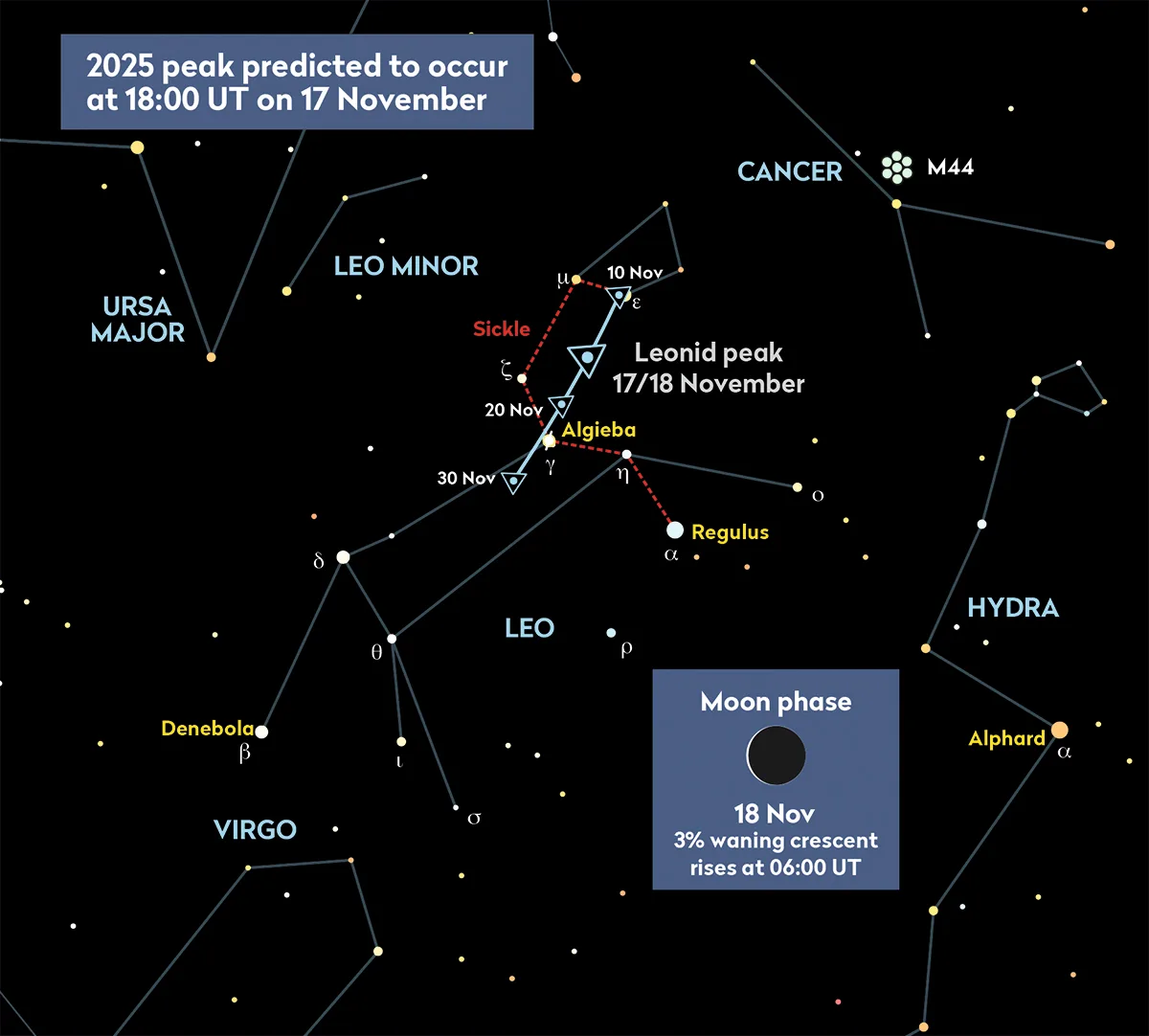
Additionally, your observation site must meet two core conditions: first, light pollution levels below grade 3; second, high elevation with no cloud cover. Suburban mountaintops or grasslands are ideal choices.
The History of the Leonid Meteor Shower
The history of the Leonid meteor shower shows humanity's quest to explore space. Each major outburst leads to new ideas in astronomy.
Leonid Meteor Shower 1833: The First Meteor Storm
In the late hours of November 12, 1833, North America witnessed a “cosmic spectacle” - over 100,000 meteors streaked across the night sky per hour, with some regions reporting a “shower of meteors as dense as snowflakes.”
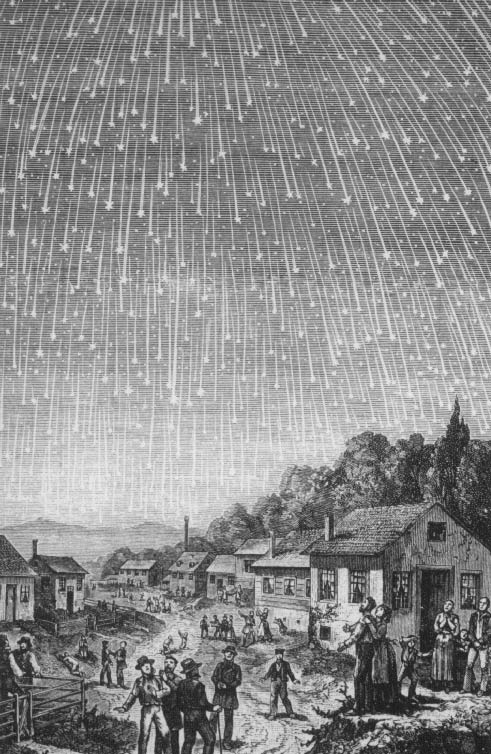
This event changed what scientists thought. Before this, astronomers believed meteors were just things in Earth's atmosphere, like rain or snow.
Yale professor Denison Olmsted studied data from across the country. He found that all meteor trails pointed to the constellation Leo. This led him to propose the theory that “meteors originate from particle clouds in space.”
In 1865, astronomer Johann Franz Encke found the Temple-Tuttle comet. He confirmed its orbit matched the Leonids perfectly.This discovery provided the first evidence linking comets to meteor showers.
Leonid Meteor Shower 1966:A 15-Minute Meteor Storm
On November 17, 1966, the Leonid meteor shower once again delivered an “explosive performance.” Observers in North America saw a stunning show of 40 to 50 meteors each second around 2:40 a.m. This means there was about one meteor every 1 to 2 seconds.
Some bright meteors outshone Venus, even leaving “brief streaks of light” across the night sky. This celestial spectacle lasted only 15 minutes but caused a global sensation.
Even more surprisingly, people in East Asia (China, Japan, South Korea) and Australia saw thousands of meteors. This happened in the early morning of November 18. Their observations support scientific ideas that Earth moves through comet dust belts in its orbit.
The Ongoing History of the Leonid Meteor Shower
The Leonid meteor shower has a 33-year outburst cycle. However, astronomers could not predict its timing accurately until the 1990s.
In 1999, researchers used better computer power to simulate the dust from Comet Temple-Tuttle. They predicted the peak of the Leonid meteor storm for the first time. Their prediction was accurate, with an error of only 10 minutes.
This breakthrough marked the dawn of the “precision era” in meteor shower forecasting. Subsequent observations of the Leonid meteor shower in 2001 and 2002 validated the accuracy of this model.
According to the latest projections, on November 17, 2033, Earth will once again traverse the dense dust trail of Comet Tuttle. At that time, the hourly rate of meteors could go over 400. This made it one of the best meteor showers of the century.

2025 Leonid Meteor Shower: Summary
Though not a “peak year,” the 2025 Leonid meteor shower offers the best viewing conditions in the past five years - a pitch-black sky, high radiant altitude, and stable rate combine to provide observers with an exceptional “star-chasing opportunity.” For the best viewing experience, note the following three points:
- Arrive at your viewing spot 1-2 hours early. This gives your eyes time to adjust to the dark. Dark adaptation takes about 20-30 minutes. Fully adjusted eyes can see fainter meteors.
- Avoid using bright flashlights. If illumination is needed, opt for a red-light flashlight (red light minimally disrupts dark adaptation).
- Bring a folding chair or groundsheet to observe comfortably, preventing fatigue from prolonged standing.
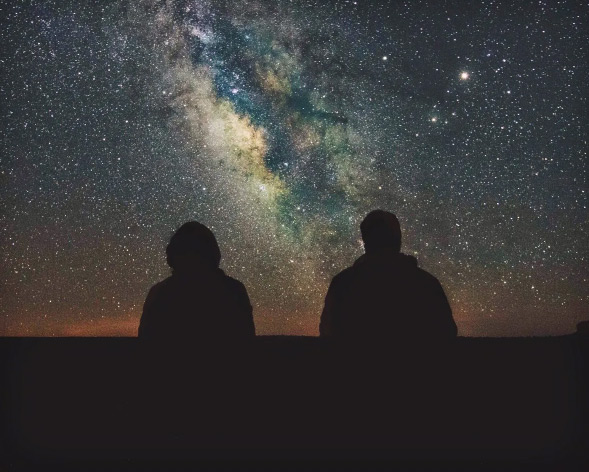
Whether you love astronomy or just enjoy looking at the stars, take this chance to connect with the night sky. Experience the vastness and wonder of the universe.Let's all look forward to this “blue-green meteor feast” in the late November night!


There are no customer reviews yet . Leave a Reply !